For years, smartphone makers have been caught up in a megapixel spec race to prove that their camera is better than the next guy's. But we've finally come to a point where even the lower-end camera phones are packing more megapixels than they need, so it's getting harder to differentiate camera hardware.
Without that megapixel crutch to fall back on, how are we supposed to know which smartphone has the best camera? Well thankfully, there are several other important specs to look for in a camera, and it's just a matter of learning which ones matter the most to you.
Why Megapixels Don't Matter Anymore
The term "megapixel" actually means "one million pixels," so a 12-megapixel camera captures images that are comprised of 12,000,000 tiny little dots. A larger number of dots (pixels) in an image means that the image has more definition and clarity, which is also referred to as having a higher resolution.
This might lead you to believe that a camera with more megapixels will take better pictures than a camera with fewer megapixels, but that's not always the case.
The trouble is, we've reached a point where all smartphone cameras have more than enough megapixels. For instance, a 1080p HD TV has a resolution of 2.1 megapixels, and even the highest-end 4K displays top out at 8.3 megapixels. Considering that nearly every smartphone camera has a double-digit megapixel rating these days, your photos will be in a higher resolution than most screens can even display.
Simply put, you won't be able to see any difference in resolution between pictures taken by two different smartphone cameras, because most screens you'll be viewing them on aren't capable of displaying that many megapixels.
Really, anything greater than 8.3 megapixels is only helpful for cropping. In other words, if your phone takes 12-megapixel photos, you can crop them by roughly 50%, and the resolution will still be just as high as a 4K TV.
Pixel Size Is the Real Difference Maker
The hot new number to judge your phone's camera by is the pixel size. You'll see this spec listed as a micron value, which is a number followed by the symbol "µm." A phone with a 1.4µm pixel size will almost always capture better pictures than one with a 1.0µm pixel size, thanks to physics.
If you zoomed in far enough on one of your photos, you could see the individual pixels, right? Well, each of those tiny little dots was captured by microscopic light sensors inside your smartphone's camera.
These light sensors are referred to as "pixels" because, well, they each capture a pixel's worth of light. So if you have a 12-megapixel camera, the actual camera sensor has twelve million of these light-sensing pixels.

Each of these pixels measures light particles called photons to determine the color and brightness of the corresponding pixel in your finished photo. When a bright blue photon hits one of your camera's light sensors, it tells your phone to make a dot with bright blue coloring. Put twelve million of these dots together in their various brightness and colors, then you'll end up with a picture.
But photons aren't exactly predictable, and they can bounce around quite a bit. A stray red photon might hit one of your light-sensing pixels in an area that should otherwise be blue, which means that if you zoomed in on the finished photo, you would see a random red dot in a sea of blue pixels.
To correct for this, the light-sensing pixels measure more than one photon, then software averages these pixels out to determine the right shade and brightness for each pixel in the finished photo. If four out of five photons captured were blue while the other one was red, your phone would know to disregard the random red one and display a blue pixel instead.

Now you can see why bigger light-sensing pixels would be helpful. If the actual surface area of a pixel is larger, it captures more photons. If it can capture more photons, the software will have a bigger sample size to work with when averaging color for each pixel, which will ensure more accurate color and brightness for each of the tiny dots that makes up your finished photo.
But with smartphones, space is at a premium. Every hardware component has to be as small as possible in order to fit inside that handheld frame, and camera sensors are no exception. If we kept adding more megapixels, this size limitation would mean that the light-sensing pixels would have to be smaller in order to fit inside the same physical space.
This is why most smartphone manufacturers have stopped with the megapixel spec race. By sticking with a reasonable resolution like 12-megapixels, they can ensure that each light-sensing pixel inside of the camera is as big as possible. In turn, this means that each dot that makes up your finished photo has more accurate colors and brightness, which reduces noise and grain in all of your pictures.
A Little Aperture Goes a Long Way
The next key spec to look for is the camera's aperture, which is represented as f divided by a number (f/2.0, for example). Because of the "f divided by" setup, this is one of those rare specs where a smaller number is always better than a larger one.
To help you understand aperture, let's go back to pixel size for a second. If larger pixels mean your camera can collect more light particles to create more accurate photos, then imagine pixels as a bucket, and photons as falling rain. The bigger the opening of the bucket (pixel), the more rain (photons) you can collect, right?
Well aperture is like a funnel for that bucket. The bottom of this imaginary funnel has the same diameter as the pixel bucket, but the top is wider—which means you can collect even more photons. In this analogy, a wider aperture gives the photon bucket a wider opening, so it focuses more light onto your camera's light-sensing pixels.

Of course, there isn't a funnel in reality. Instead, this effect is accomplished using the camera's lens to focus a wider area of light onto a smaller light-sensing pixel.
The main benefit to a wider aperture is that your camera will be able to take better low-light photos. When there's less ambient light, the light-sensing pixels have fewer photons to work with, so a wider aperture helps remedy this by allowing more light to be captured at once.
But remember, a smaller number means a wider aperture, so with today's technology, you should be looking for a camera with an f/2.2 aperture rating or lower, especially if you'll be taking pictures at night or inside.
Image Stabilization: EIS vs. OIS
With most spec sheets, you'll see a camera's image stabilization technology listed as either EIS or OIS. These stand for Electronic Image Stabilization and Optical Image Stabilization, respectively.
OIS is easier to explain, so let's start with that one. Simply put, this technology makes it to where your camera sensor physically moves to compensate for any shaking while you're holding your phone. If you're walking while you're recording a video, for instance, each of your steps would normally shake the camera—but OIS ensures that the camera sensor remains relatively steady even while the rest of your phone shakes around it.
If you're still a little fuzzy about OIS, just watch this video LG made when they added OIS technology to their smartphones:
Like Lizzy the chicken, OIS tries to keep your camera sensor stable at all times to minimize shaking in videos and blurring in photos, even if your phone is moving around. Since smartphones are handheld devices that aren't generally compatible with tripods, this is a great way to minimize the effects of freehand shooting.
But the hardware required for Optical Image Stabilization is costly and takes up precious space, so it's not included in every device. Instead, many phones use Electronic Image Stabilization to try and achieve the same effect.
EIS works by cropping, stretching, and changing perspective on the individual frames that make up a video. This is generally a post-processing effect, so it can even be applied to phones that already use OIS to make video even more stabilized. The new Google Pixel, for example, uses the phone's gyroscope data to stabilize a shaky image.
In general, though, it's always better to have a camera with OIS. For one, the cropping and stretching can reduce quality and create a "Jello effect" in videos, but in addition to that, EIS has little to no effect on reducing blur in still photos.
That said, EIS technology is getting better, as evidenced by this footage from Google's new Pixel phones. So go with a phone that has OIS if possible, or settle for one with EIS, but pass on a phone that has neither.
Now that you've got a better understanding about camera specs, have you decided which smartphone you're going to buy next? If you're still undecided, you can use our smartphone-buyer's flowchart at the following link, and if you have any further questions, just fire away in the comment section below.
Who needs a wand? Unlock your magical powers and transform yourself from a Muggle into a Wizard or Witch just by using your Android phone. See how:


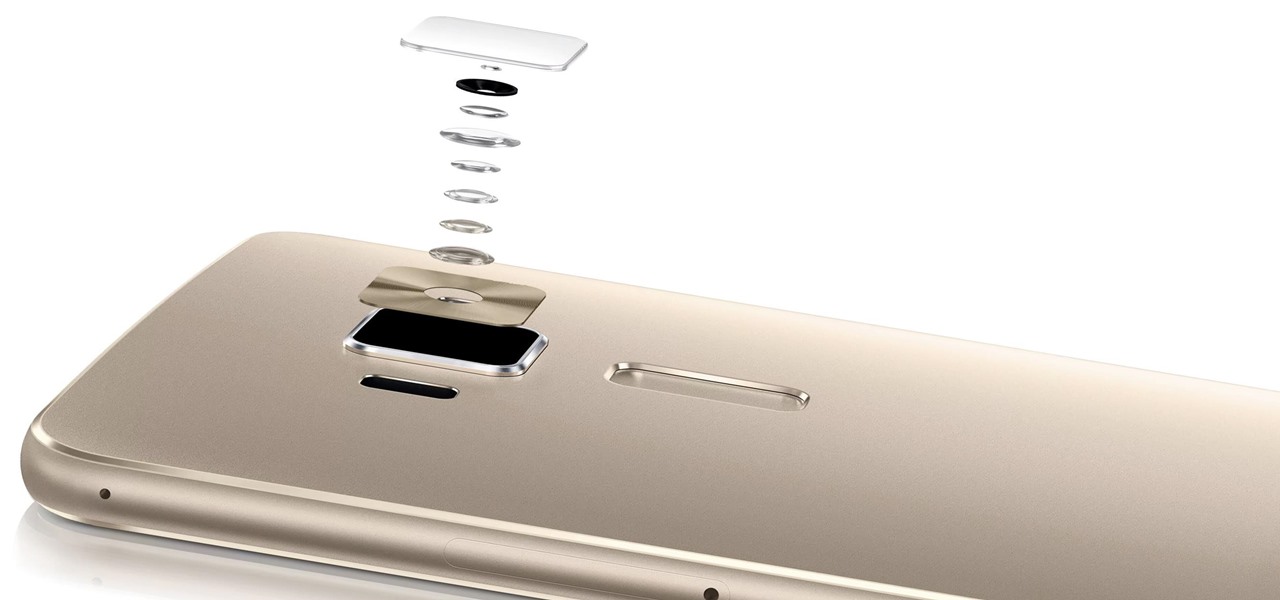


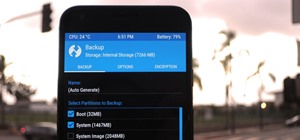
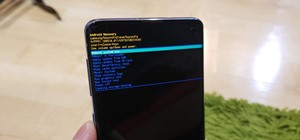


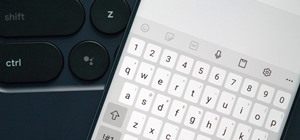



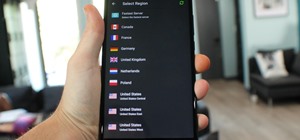
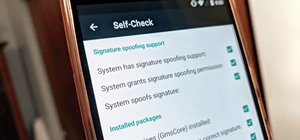





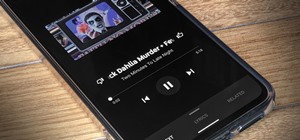

2 Comments
Has anyone rooted SM-925I successfully using CF Auto Root ?
While the comment about the camera resolution is more than needed because is more than what the screen can display that's not true if you actually use the images for printing them. While I use my DSLR for really important stuff, my note 5 is my other go to camera and it does a great job printing even large sizes.
Share Your Thoughts